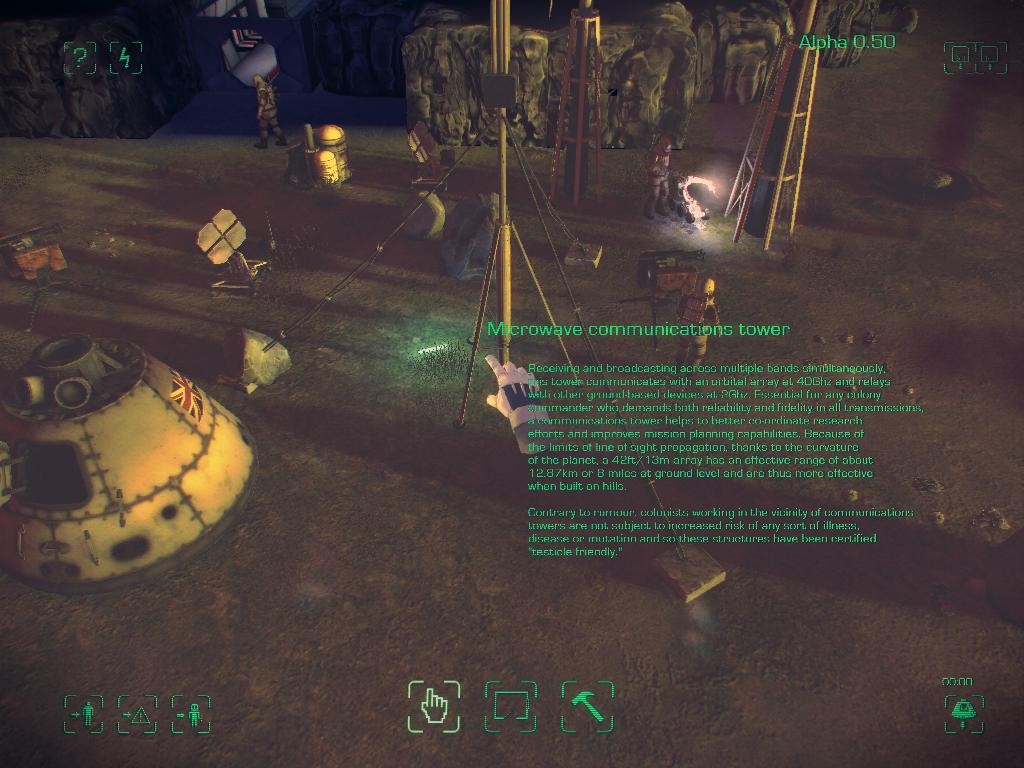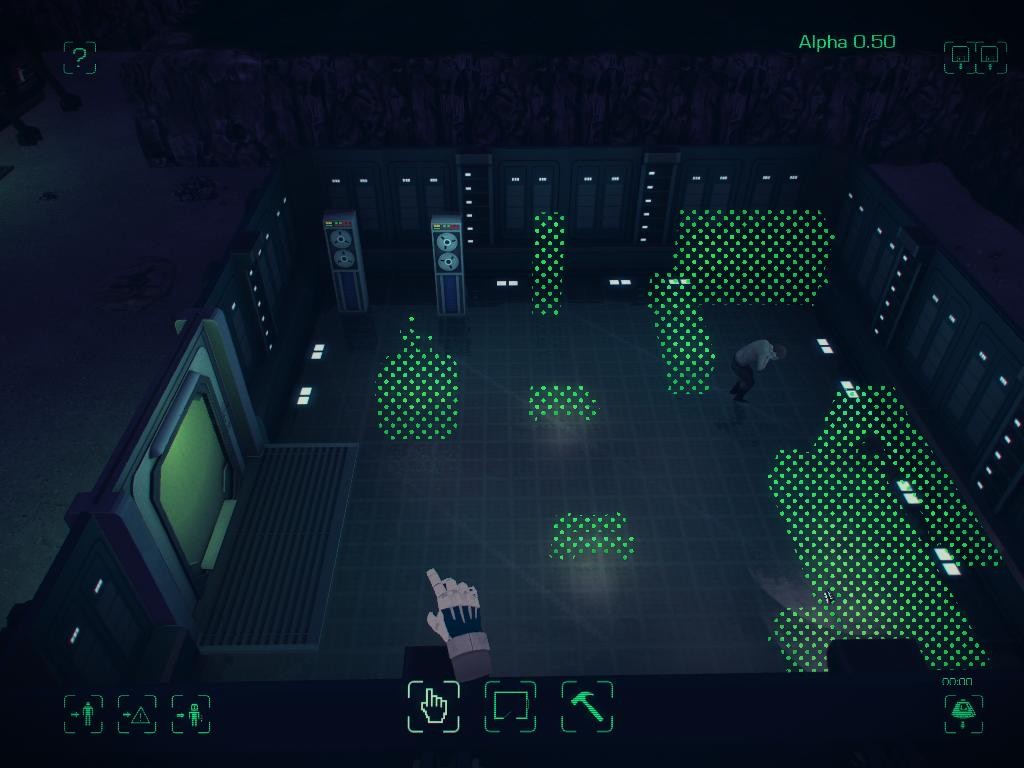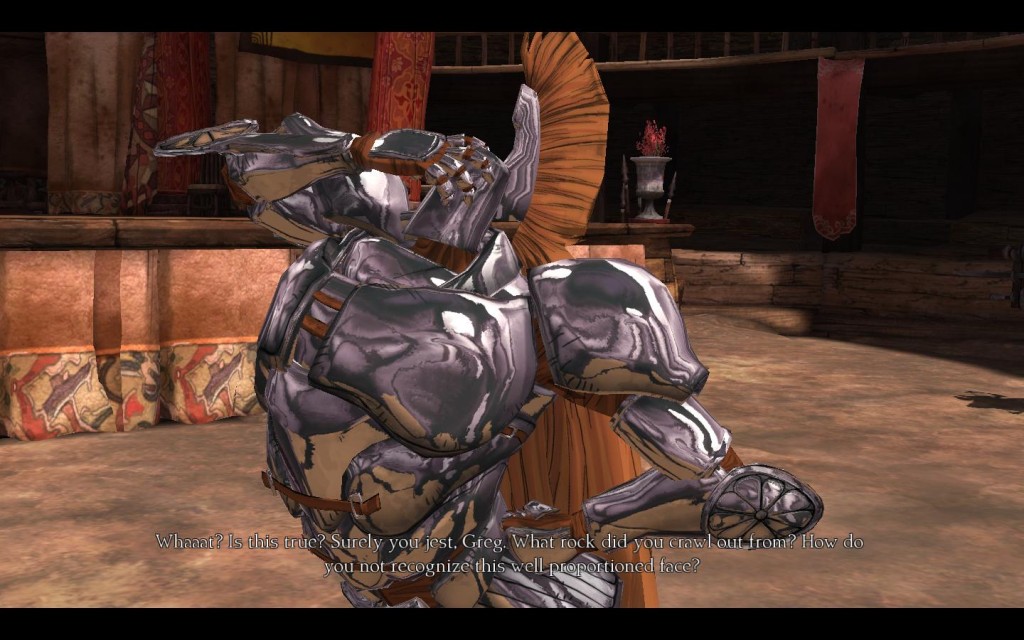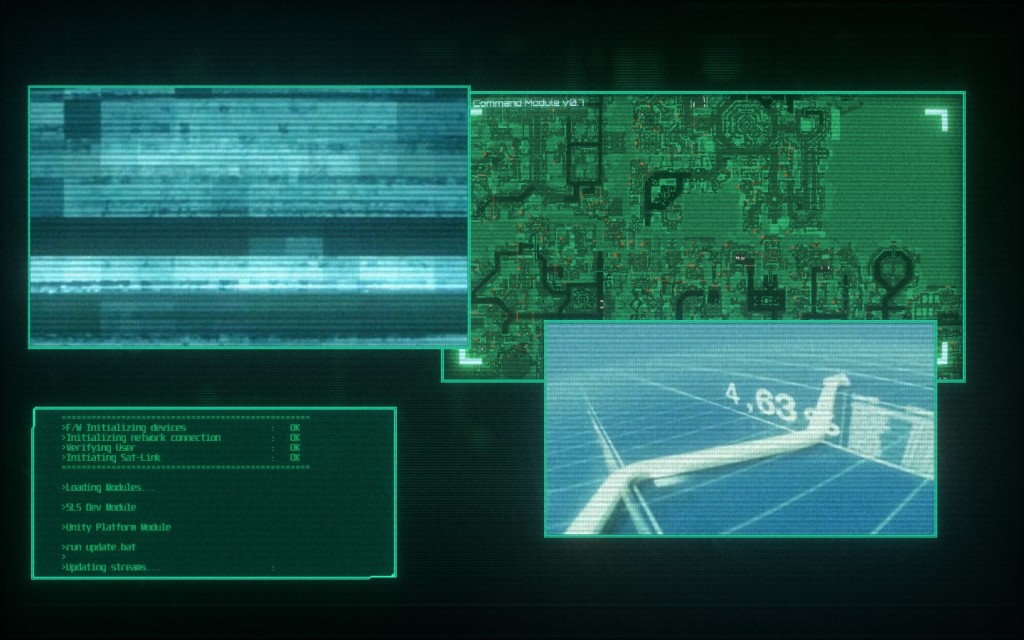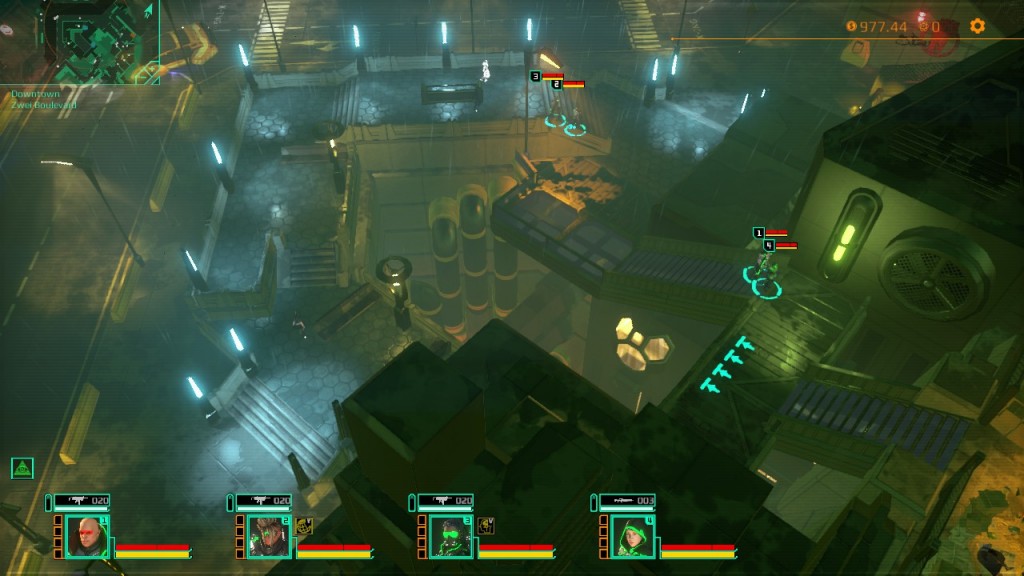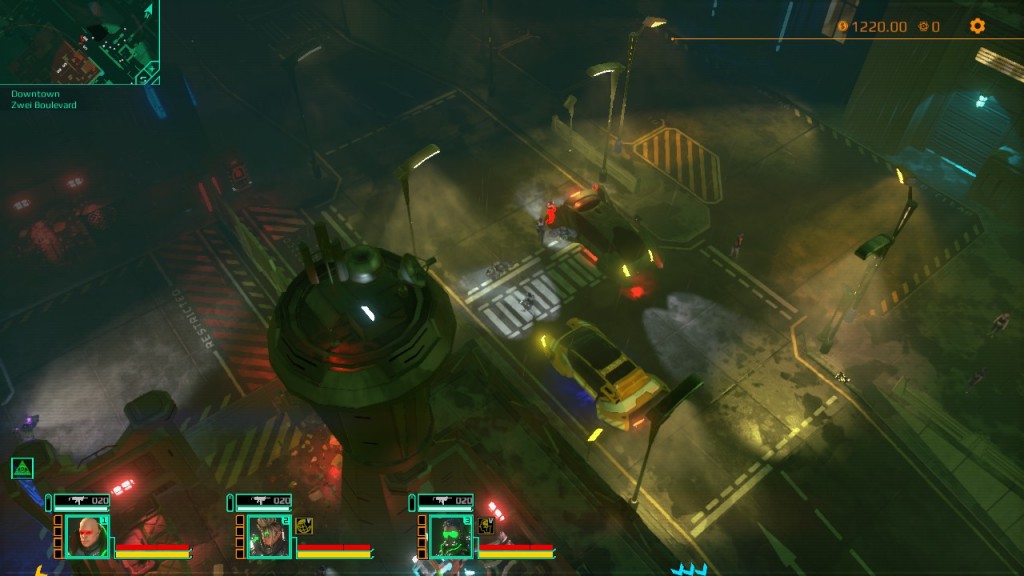On Games Journalism: We Are *All* Only Human. (Reprint)
This was originally posted on my personal blog in February of this year. There are only light re-edits.
For anyone keeping up with gaming news, Peter Molyneux recently got it in the pants over Godus. Bigtime. While some things needed to be said to the British GameDev Wunderkind, others didn’t, and it made me think of something we tend to forget: Everyone in the Games Biz, from the devs to the journos, to the players, are only human. And we tend to forget this. All of us.
The Devs
Richard Garriott. Warren Spector. Graeme Devine. John Romero. These, and many more, are names to conjure with in the games industry. But we, both players and games press, tend to overlook the oddities and failings of these folk. Go look at Martian Dreams and Savage Worlds. You’ll find a literal self insert of Warren Spector in both. In fact, Wikipedia has a selection of his self-inserts on the page about him.
They’re good folks, but they’re not rockstars. They have their failings. Tabula Rasa was a flop. Thief: Deadly Shadows definitely had flaws. Even the series I’m currently Let’s Playing, Wipeout, Made Mistakes.
But we have a tendency to ignore this, and when we do discover folks have their human qualities, not necessarily good ones? We tend not to react too well. An extreme case in point: Phil Fish. Phil Fish is another dev who’s been raked over the coals, for the crime of… Being abrasive and temperamental. And because he is a public figure, a celebrity… The reaction is disproportionate.
But let’s look at the other two sides here.
The Journos
As someone who used to review, I’m just as guilty as every other game journo out there for being attracted by something that just… Doesn’t… Work. In my particular case, a prime example would be Nuclear Dawn.
What, you haven’t heard of it? But it rewards good team-based play, actually talking to other players, and… Oh, yeah, it didn’t do very well because it wasn’t accessible to the average player. See, the average player, for various reasons, just wants to god-damn play. They want to shoot mans, not stand in a corridor waiting for an enemy push they’re not sure will come. They definitely don’t want some asshole telling them what to do (Especially if said asshole turns out to be incompetent), and they don’t want to spend time guarding said asshole from the enemy, even if that’s a vital element of the game.
So what ended up happening was that whoever co-ordinated and/or had a decent team leader would steamroll the pubbies. Again. And Again. And Again. And lo, it Wasn’t Fun. So the servers were nigh ghost towns, and the game didn’t do nearly as well as its interesting gameplay could have gotten.
On the other end of things, for me, was Blur, by Bizarre Creations. Blur had problems. The track design meant that a reasonably skilled player could DNF (Did Not Finish) all the other racers on many tracks, people were having connection issues out the wazoo, and a third to half the vehicles were basically reskins. But the first part and the third in our equation, Players and Devs, came into play here…
…You see, Bizarre Creations also made Project Gotham Racing, which was, in many folks’ minds, a Good Series. So when a review score was lower than expected, they came out to complain. I didn’t get a whole lot of complaints (A whole ten, I think… I’m not a celebrity writer, never was), but, on the strength of those, my editor at the time claimed that I had been “experiencing day-one issues”.
Three months later, I issued a re-review (Something many game journos will tell you is a bad idea… And they would generally be right), and nobody appeared to care one way or another (A pattern that has held for all of the rare occasions a re-review has been issued by me). Bizarre, you see, had started copy-pasting responses to bug reports, claiming it was being looked at, while already talking about a sequel, and working on another game (Bloodstone, which also Had Problems).
They folded a few months after my re-review (A sad occasion, regardless.) Now, here comes the weird part. The players came out again, but they didn’t yell at me (Who scored the game relatively poorly). No, I opened up the letters page of PC Gamer, to find someone blaming them for the demise of Blur. This was pretty irrational, as PC Gamer had been a lot nicer than I had, and didn’t even mention many of the issues seen with the game.
It was a head-shaking experience. But it leads us nicely to the third part of our little equation.
The Players
In a very real sense, the players are a more diverse group than either the developers or gaming press. But what you see isn’t that diverse at all, because what most folks see of a playerbase are comments, forum posts, and meeting them in actual play… And the bad tends to stick out like a sore thumb.
The Mass Effect 3 Ending. Starbound’s “Caveman Tier” play. Fucking Bush-Wookies. The list of things players complain about, not always making sense, is immense. Let’s take the Bush-Wookies as an example.
Bush-Wookie is a nickname for the Recon class’s sniper builds in the Battlefield series, especially Bad Company 2, because their camouflage… Well, it makes them look like Wookies from Star Wars. Also because it helps them hide in bushes. Duh.
The problem is, a good sniper, in pretty much any multiplayer game, can lock down entire areas of the map. And it’s a massive pain in the arse to dig them out. Never is this more prevalent than in the Heavy Metal map of Bad Company 2.







